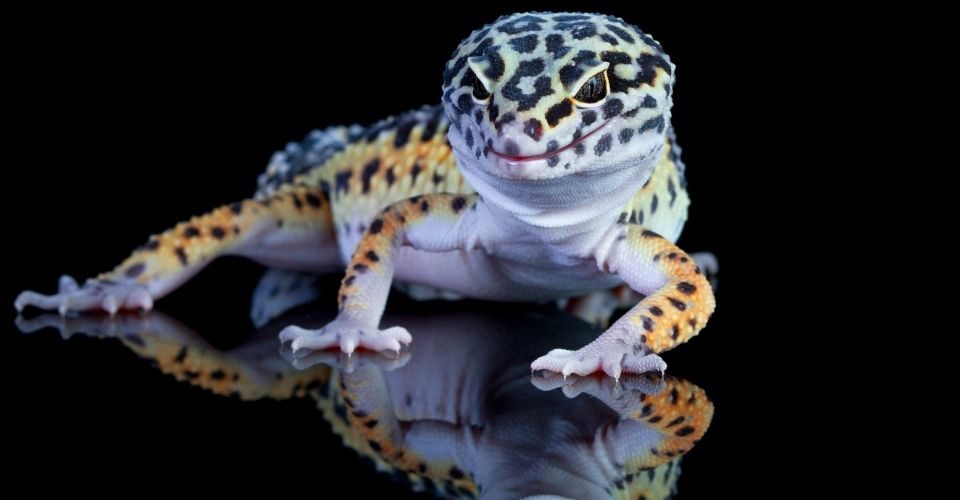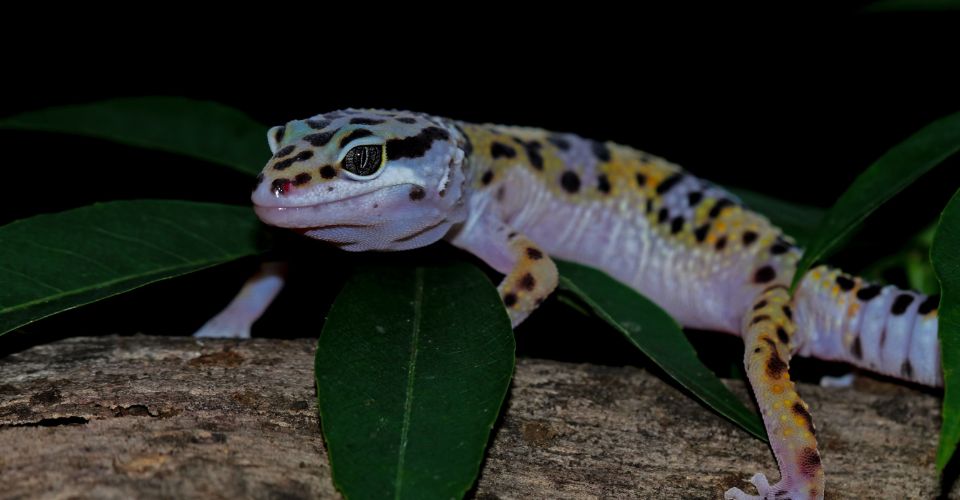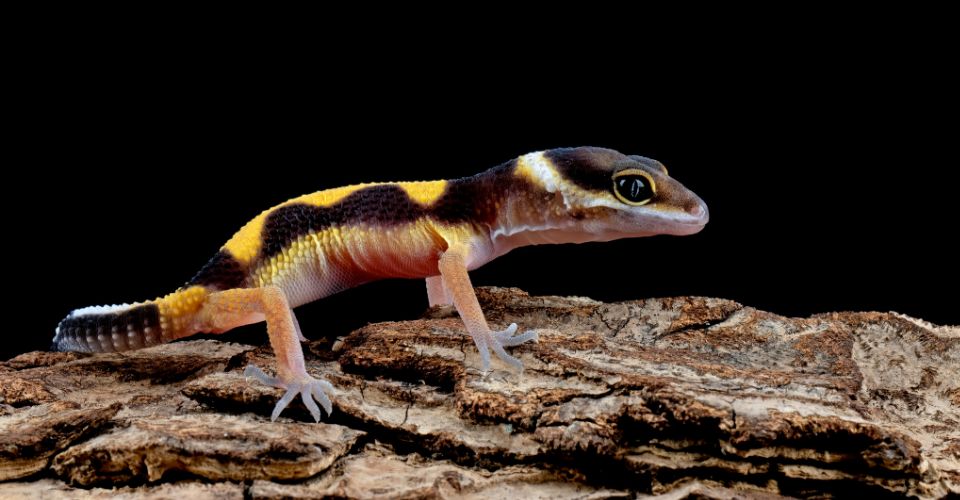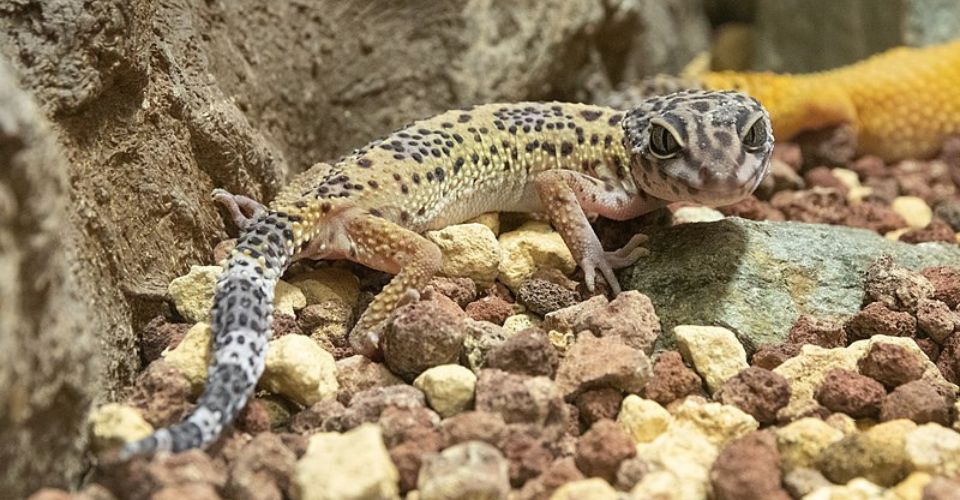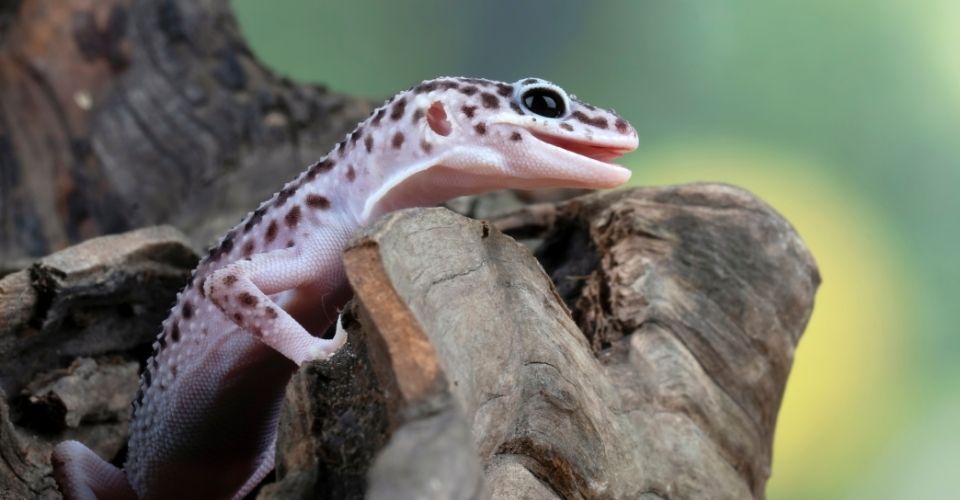Choosing a Leopard gecko substrate is one of the most difficult decisions, especially for novice reptile parents. The litany of options available and the abundance of misconceptions make it more confusing to choose the right substrate for your gecko. The most common misconception is that Leopard geckos come from deserts, and they live in hot and sandy environments. It is not exactly the case—Leopard geckos actually come from arid grasslands and rocky-desert like regions (not sandy desserts).
As a result of this myth, many reptile owners put sand in their tanks. This is incorrect as well as harmful (according to most experts) for your Leo’s health because these lizards belong to barren grasslands and rocky outcrops of Asia— Pakistan, Afghanistan, northern India, Iran, and western Iraq. The substrate found in their natural habitat is mostly hard, clay and gravel covered in a thin layer of sand and scattered with boulders, shrubs, and grasses.
The Leopard gecko habitat, including the substrate in your gecko’s tank, must mimic its wild habitat as closely as possible. Having natural habitat will ensure that your Leopard gecko is happy and healthy.
Leopard Gecko Ideal Habitat
Geckos prefer horizontal tanks with a humidity range of approx. 30 – 40% and temperature gradient of 75 – 85 °F. Despite being nocturnal, they also need a proper Leopard gecko lighting setup that will help them maintain their day-night cycle.
An ideal Leopard gecko habitat should have plants (real or artificial) to provide shade, hiding spots, and shelter for sleeping and cooling down.
Glass enclosures (15 to 20 gallons) are better than wire as there are chances of gecko’s feet getting caught in the wiring.
How Does an Ideal Gecko Substrate Look Like?
Most geckos are very good at climbing as they have sticky paws but not Leopard geckos—they are clumsy climbers as they have claws but no sticky pads. So unlike most gecko species, Leopard geckos are ground-dwelling creatures. The substrate is an important aspect of their life as they spend most of their time on the ground, especially for pet geckos, because they walk, sleep, and run on the substrate. That is why they are very concerned about their habitat like all other lizards.
Mealworms and crickets are the most favorite prey of geckos. They are known for getting excited while hunting them live after chasing them for a while around the tank. The risk is that these specialized tongues of geckos pick up some pieces of the dangerous substrate when eating. Choosing the right substrate for your gecko is crucial because these harmful substances can cause digestive distress if packed in the intestines during digestion, leading to death.
Leopard Gecko Substrate Requirements
The bedding or flooring placed at the bottom of the tank is known as substrate. The gecko will walk on it, sleep on it, and it will catch the waste produced by them. That is why the substrate must be kept cleaned and maintained all the time to make it safe for your gecko.
The frequency with which the substrate should be cleaned will depend on the type of substrate you use. To reduce the hassle of cleaning and maintaining the habitat, you can use substrates that are easy to clean or replace.
The substrate should be non-irritating for your gecko’s skin and should not allow the gathering of dust, which can irritate the gecko’s respiratory system.
Good vs. Bad Substrate
Good Substrate
Unsuitable Substrate
7 Best Leopard Gecko Substrates
There are many substrates available in the market, but not all of them are good for your gecko. Choosing the right gecko substrate is important because it will allow them to show their natural behavior, such as digging, climbing, hiding, and hunting live insects. We have narrowed down some best substrates for your gecko. Continue reading to know everything about them.
1. Reptile Carpet
Reptile carpets are artificial substrate that is highly absorbent and supportive. It ensures that geckos can get a good grip while walking. When buying a reptile carpet, keep in mind that it is designed specifically for Leopard geckos.
Make sure to follow the manufacturer’s instructions on how to wash the carpet and how many times you should wash it as they get dirty and smelly very easily.
Pros
Cons
2. Paper Towels
Paper towels are one of the most favorite substrates among reptile owners. They are super beneficial for juvenile geckos, which create a lot of waste, and baby Leopard geckos, as they eat and defecate frequently. Just like reptile carpets, they are super absorbent.
Pros
Cons
3. Linoleum
Linoleum is a mat-like flooring that looks like stone or hardwood.
Pros
Cons
4. Tile Flooring
Stone, ceramic, or slate tiles can be a suitable addition to your gecko’s enclosure. They are placed over some other substrate like paper towels or carpets to regulate the temperature.
Pros
Cons
5. Bioactive
Bioactive substrates are closest to the natural home of geckos. It consists of several layers of gravel (for drainage), soil, and clay mixtures. It also has live plants and branches.
Pros
Cons
6. Newspaper
Newspaper is the simplest and cheapest option. Two layers of newspaper should be placed in the tank. Always leave the newspaper to dry for at least a week. The ink used for printing is toxic for geckos.
Pros
Cons
7. Excavator Clay
When clay gets moist enough, it can be molded in any shape. When it dries, the shape you created stays firmly in place.
Pros
Cons
Other Substrates
| Substrates | Pros | Cons |
| Sand | ||
| Sand Mats | ||
| Wood Chips | ||
| Shelf Liner | ||
| Coconut Fiber | ||
| Gravel | ||
| Sphagnum Moss |
Conclusion
Choosing a Leopard gecko substrate is surely a challenging task. It is hard to say which substrate is best for Leopard geckos, but after having read the article, you can find decide which substrate would be best for your Leopard gecko tank setup.
In a nutshell, a good substrate is the one that does not cause impaction to your gecko due to ingestion, doesn’t cause injuries, and mimics their natural environment as much as possible.

